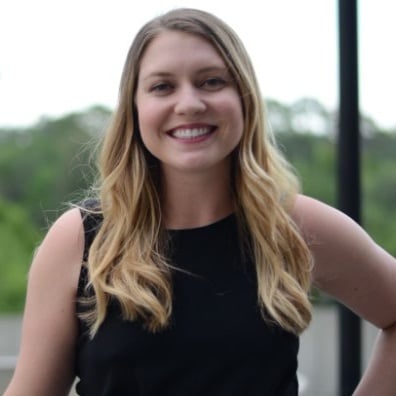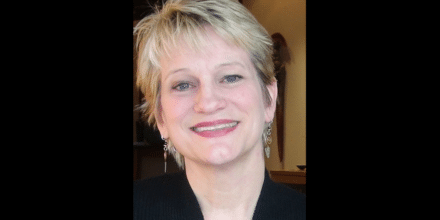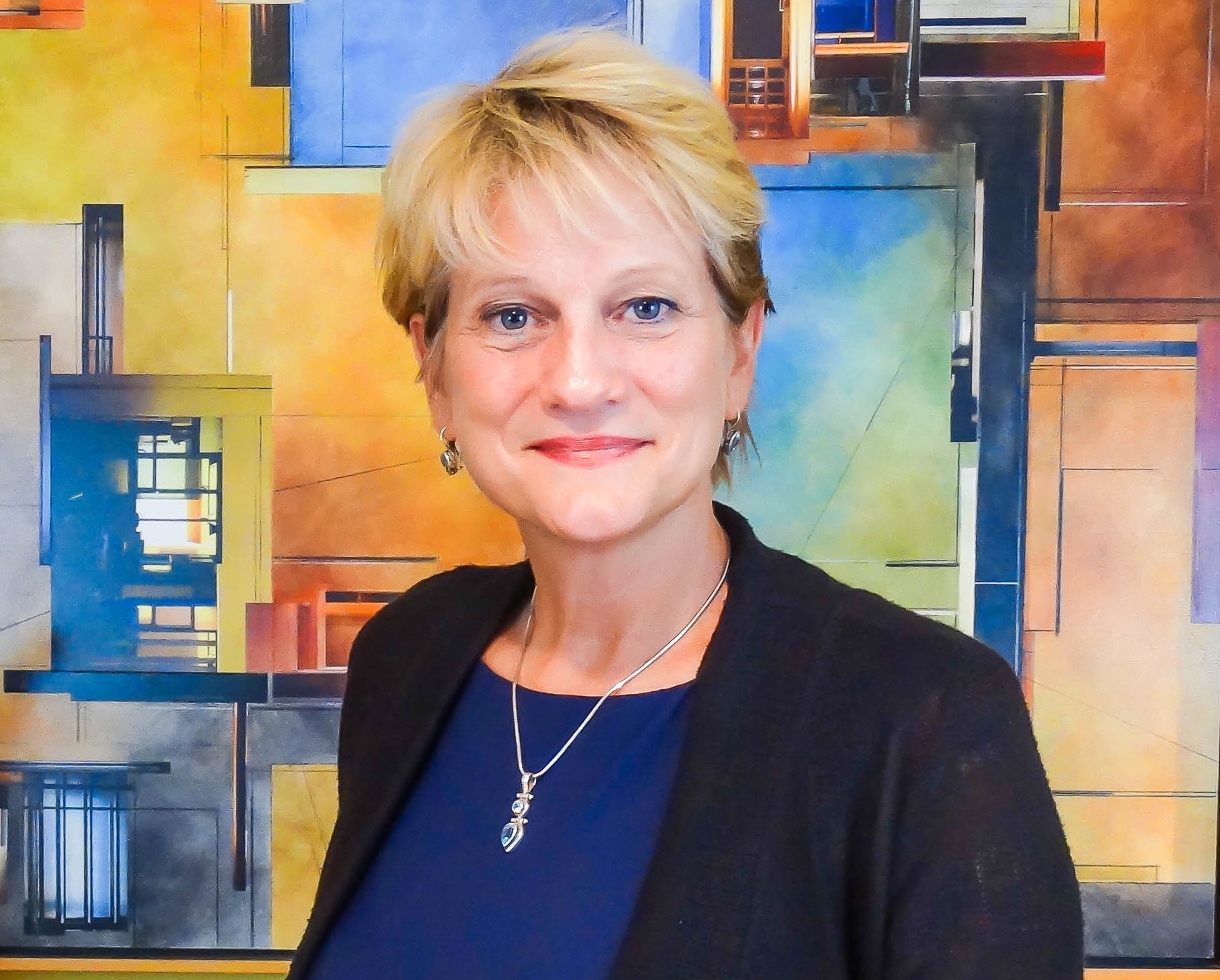Two years in the making, CHF’s Report on the Working Artist (ROWA) is a truly groundbreaking piece of research: the first of its kind demonstrating artists’ pivotal role in our changing economy. In this engaging conversation, CHF’s data analysis team Daniel DiGriz and Lily Dulberg sit down to discuss the methodology and significance of the Report, the documented demand for entrepreneurial training for artists, the gaps in existing research and traditional art education—and how we now have solid and replicable data that supports artists’ ability to make measurable contributions to our economy and the culture at large.
Finding a Pattern: The Bottom Line for Working Artists
- “We’ve got a lot of information out there from many different sources, many reputable organizations, nonprofits, and our business education programs. But there’s so little information on what artists need to drive success, and what actually changes the landscape of their art business.”
- “Most of the data out there does not measure bottom-line outcomes, which it’s kind of funny, right? Because you need to know those things in order to develop new programs and create best practices and to support artists.”
- “Many organizations had information on their websites about the different types of programs they ran, and testimonials and quotes from artists on what they need. But there was no real evidence of what these programs were able to do for the artists. There were no business results, no income results.”
- “With all the data that we’ve collated, and more specifically, with the data that we have done in-house at the Clark Hulings Foundation through our Business Accelerator Program and our events, we really came up with a pattern that we can follow for any type of research in the future. And that is, that attitudes change behavior. Behavior produces business results. And business results lead to increased income or revenue.”
- “One of the main things that I think that we should take away from this, that business education moves the needle for artists. It helps them make more income, it helps them develop a more robust network which allows them to increase their sales.”
The Gap: Business Education for Artists
- “The ecosystem of gallerists, artists, and peer networks contribute so heavily to business results—and the success that artists see in their lives and in their businesses. There really aren’t enough art business events out there and there really aren’t enough groups for artists that foster communication around what it’s like to be in an art business.”
- “There’s a gap, and in that gap is business education. And it’s so mind-boggling to think that only 5% of an average sampling of fine arts curriculum involves any sort of entrepreneurial or business education.”
- “We had to establish that there was a gap, that it exists indeed, in order to say, ‘Okay, this is how we can fill the gap, this is how we can create change and this is how artists are already creating change.’ ”
- “…it was really amazing to be able to shed light on how that’s already happening and the research that shows that it’s replicable. Other organizations can do it, and the secret sauce is business training.”
How We Collect and Analyze Data
- “So at the Clark Hulings Foundation, we’ve been collecting data from our fellows, from [Art-Business Conference] participants, from artists who are involved with our work in many different ways. We have a whole process behind how we do that: we make sure that everything is categorized so that we can actually analyze the themes, and there are codes for the different themes that come up in what the artists are talking about.”
- “When have our conferences, we have artists coming up to us, giving us testimonials, talking about the experience—and none of that is lost in translation. We’re using everything that we received from the artists because that’s really where it starts, with the people. As you said, this is a human-driven thing. The data doesn’t come first. It’s the people. So, you know, we have the artists, and we’re doing the data to further shed light upon what’s possible when the community supports artists.”
- “We’ve put together something that people can get behind, because we have the data to prove that the artists who participate in our learning conferences and in the Art Business Accelerator program are seeing changes.”
- “And if you talk to anyone, any of the fellows, you’ll hear the same things that are reflected in the report. It’s like, ‘I’m making five times more income than I was before the program with just a couple of changes in my mindset and my business practices’. So it all ties together so beautifully, and I think that having the data to back it up is step one.”
Working Artists Contribute to the Economy and More
- “What we found, was that there wasn’t much research or much literature out there on working artists’ contributions to the economy, but what WAS out there, points to huge influences on the micro, macro, and mezzo levels.
- “I think that’s really huge. To know that working artists, backed by the data science, make an impact. Not just in their local communities and the economy of the local community, but on a larger scale for the entirety of the United States.”
- “We found that, through some of the collated research out there, that crime rates go down when people have access to the Arts. There’s a very clear correlation between cultural engagement and community well-being.”
- “Aside from an economic standpoint, we also have the cultural aspect that you brought up, which is that artists inject their work into the world, and they, with their contributions to the cultural capital of the world, they’re really changing communities; on not just in micro-level, but also on the larger scale.”
- “This is really just the tip of the iceberg in research on working artists—being that we’re one of the first organizations and data science teams to really dive deeper and find out what moves the needle, what artists need to develop sustainable businesses.”
- “We’re really shedding light on the fact that something that we should be investing in, is art. Contributing to thriving artists and their work really changes the economy; it changes the culture of a city, of a country.”
Read the Report on the Working Artist (ROWA) here. You may know individuals or organizations who will find that ROWA supports the case they want to make for artists or the cultural economy; please share it with them.








